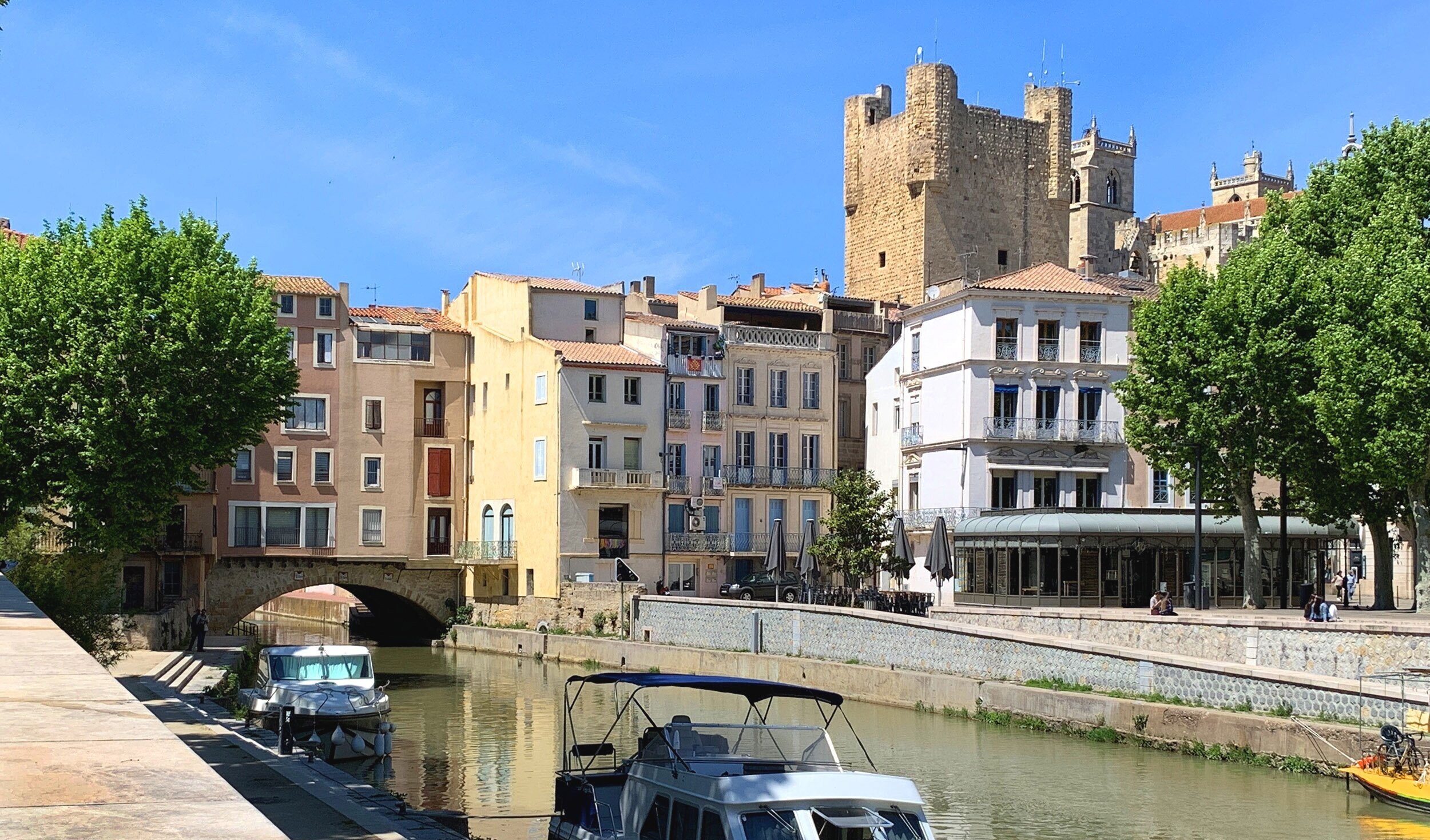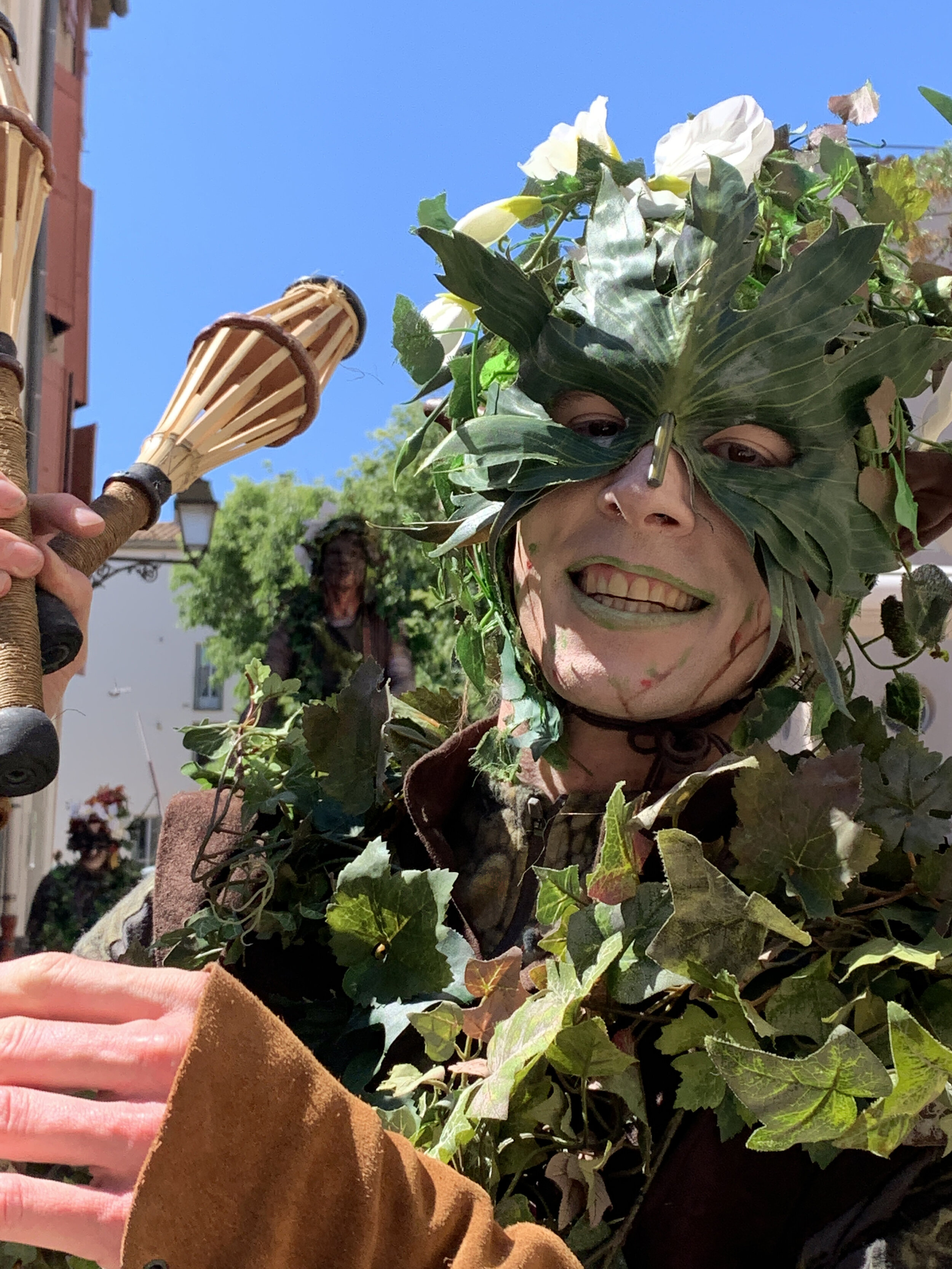Narbonne Then and Now
I drew this map of Narbonne in 1152 based on archaeological research, historical maps, and wandering the streets to find old markers and boulevards. I found a fragment of the original ramparts attached to Saint Just Cathedral, the houses covering the ancient bridge connecting the Bourg and Narbonne, the Archbishop’s Palace, the Roman Horreum, and a few broken Roman columns remaining from the Capitole building. Many of the streets were still as they were in medieval times.
The photographs below were taken by me at various locations in and around Narbonne. These include Fontfroide Abbey,, Minerve, Lagrasse, and La Plage (the beach).
These are photos of places in and around Narbonne. In Bitter Fruit they are part of Ermengard’s lands. Most of her world is gone, but her spirit is still here.
The bridge between Narbonne and the Bourg
Narbonne in 1818. Drawing from "Voyages en Languedoc"
Original 1152 ramparts remain part of the side wall of Saint Just Cathedral, just as Archbishop D'Anduz left it.
The Roman built Via Domitia was excavated by archeologists in the center of town. It is 10 feet below the current street level. It goes from Perpignon up to the French Alps and is the route taken by the two monks in Blood Rainbow.
St. Paul-Serge was built on the site of the original grave of Saint Paul (400 CE). It still has the early Christian graveyard.
'La Plage" is the beach on the Mediterranean Sea just south of Narbonne.
The lagoons have silted up over the years, but are still wild and scrubby.
The Roman Horreum runs under Narbonne's streets and is in excellent condition. It's cold even in summer; that's why the Romans stored all their wine and grain in it.
The 12th century town of Minerve was a Cathar stronghold
Eighty Cathars were burned at the stake in the courtyard of this 12th century church in Minerve
Frontfroide Abbey
The town of Bages was founded by the Romans as a spa outside of Narbonensis.
The town of Lagrasse and its 12th century bridge. The monastery is still in use though it has been rebuilt.
Lagrasse in a sketch from 1818
Cakes from Le Moulin Bakery around the corner from the Villa Limon house in which we lived in Narbonne
Marzipan made from fresh almonds
The "Green Man" is part of ancient spring planting festival still celebrated in Narbonne in May
Narbonne's streets are winding and narrow
This one of the very few remaining oak trees in whose bark the valuable "Kirmis" insect lived. They were crushed to extract a red dye. Notice the chain around the trunk.


















